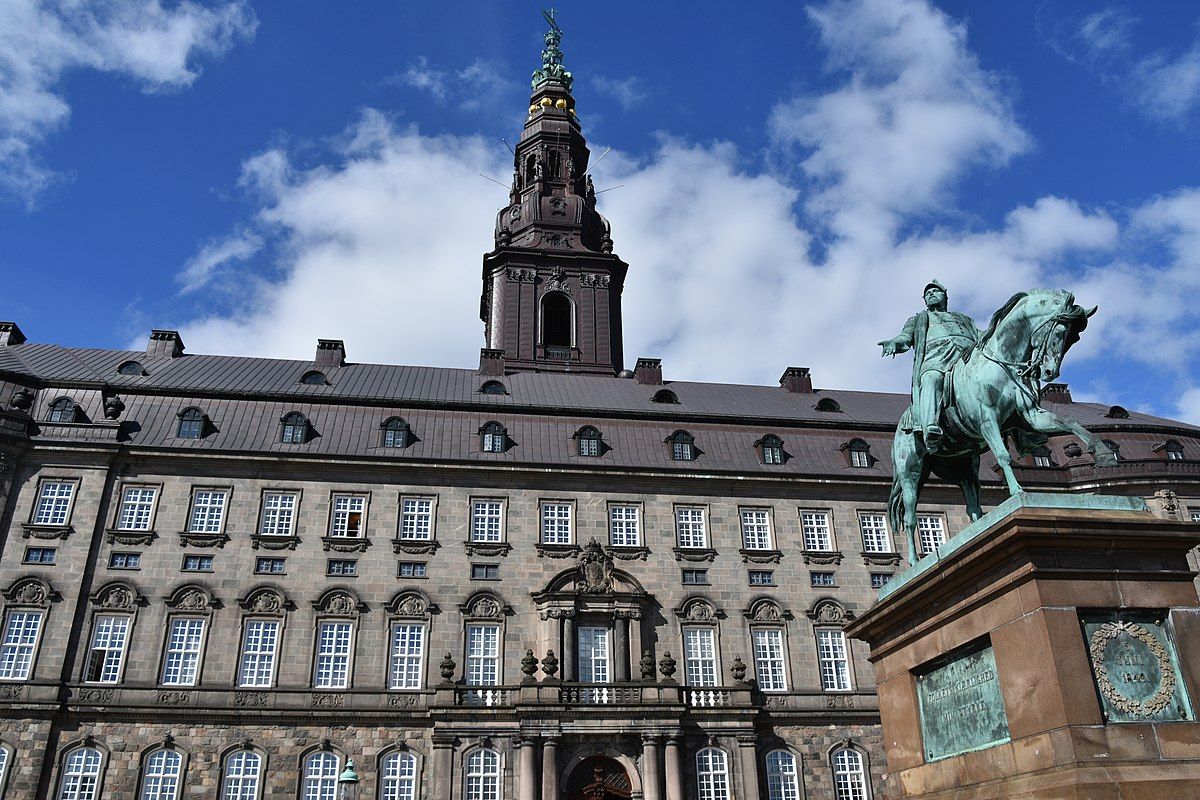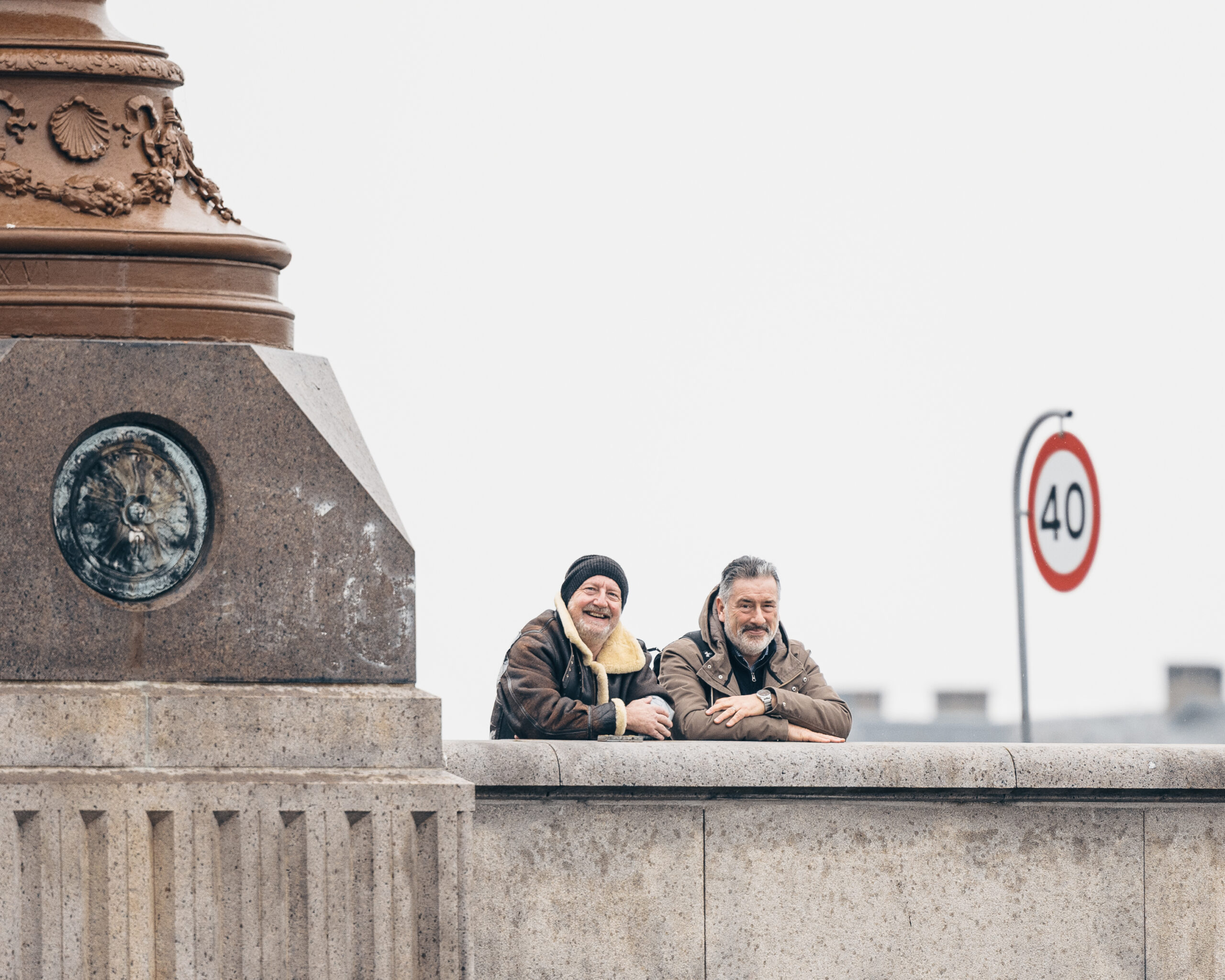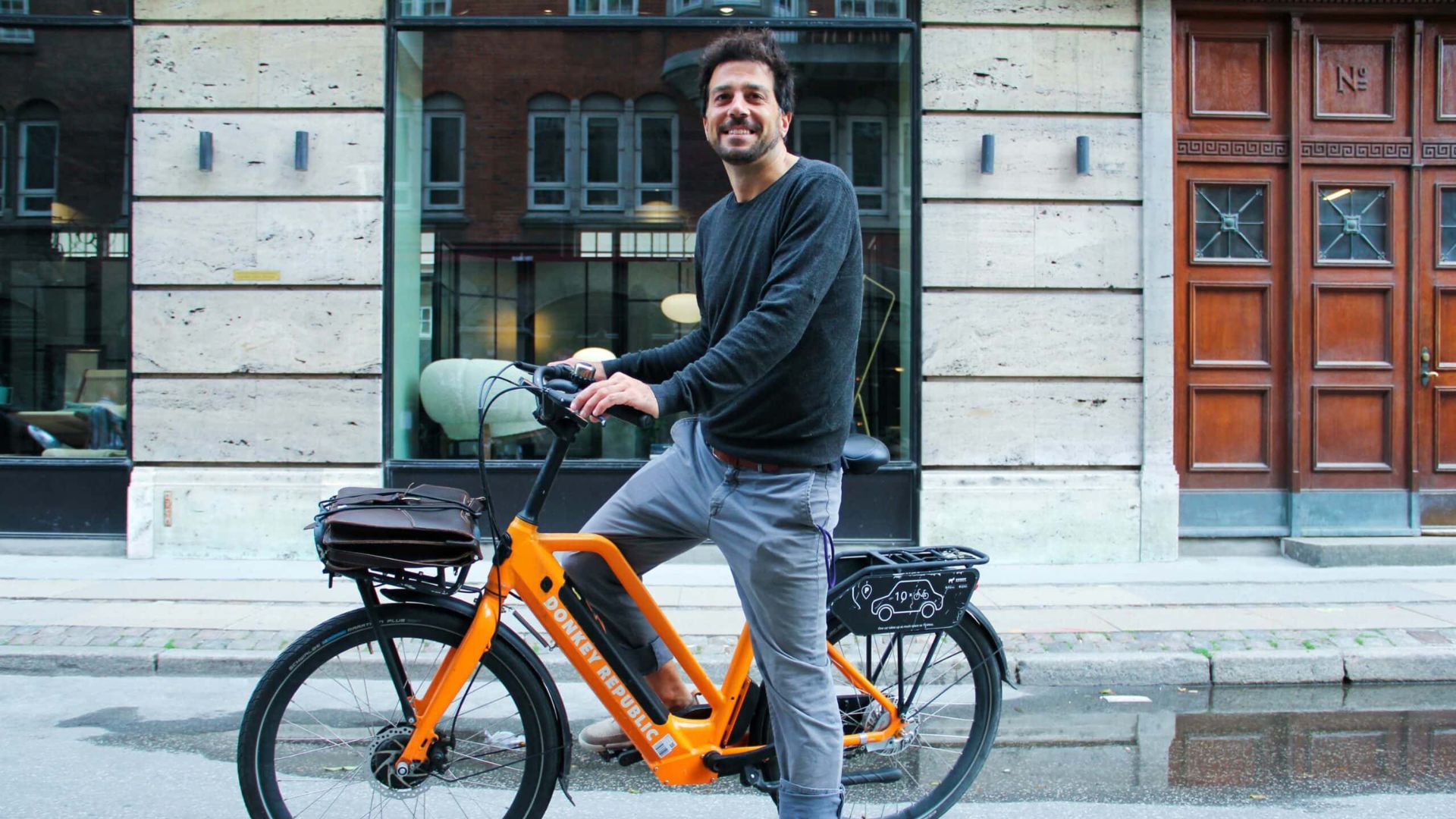The demographics of Denmark are changing and there are more people living on after their 80th birthday.
At the same time, figures from the national statistics keeper Danmarks Statistik reveal that 2018 saw 55,232 people dying. That is the highest number since 2007, reports BT.
Hit by heat and flu
It seems as if the weather and a particularly virulent influenza epidemic might be largely to blame.
READ ALSO: Flu cases in Copenhagen soaring
“Compared to what we’ve been used to, it was a very warm summer in 2018 and in the case of people who were already weak, the high temperatures could well have hastened their death a little. The same goes for the influenza epidemic,” professor Knud Juel from the National Institute of Public Health at the University of Southern Denmark told DR Nyheder.
The flu strain that laid so many people low in spring 2018 was not covered by the vaccine that had been offered through the national health service.
According to the professor, as with the flu epidemic, it was often the elderly who suffered most from the heat.
Older and wiser?
The figures also reveal that the number of elderly people is also on the rise, and in January 2019, every twentieth Dane will have passed the 80-year-old mark.
Of those, 159,926 are women and 103,820 men, meaning that 4.5 percent of the population are over 80.
Men are also living longer. When it comes to men between the ages of 90 and 99 the number has increased by 40.2 percent over the last 10 years.
In comparison, women in the same age group have only seen an increase of 17 percent over the same period.
Country-wide, over 1,000 Danes have managed to reach a century.










